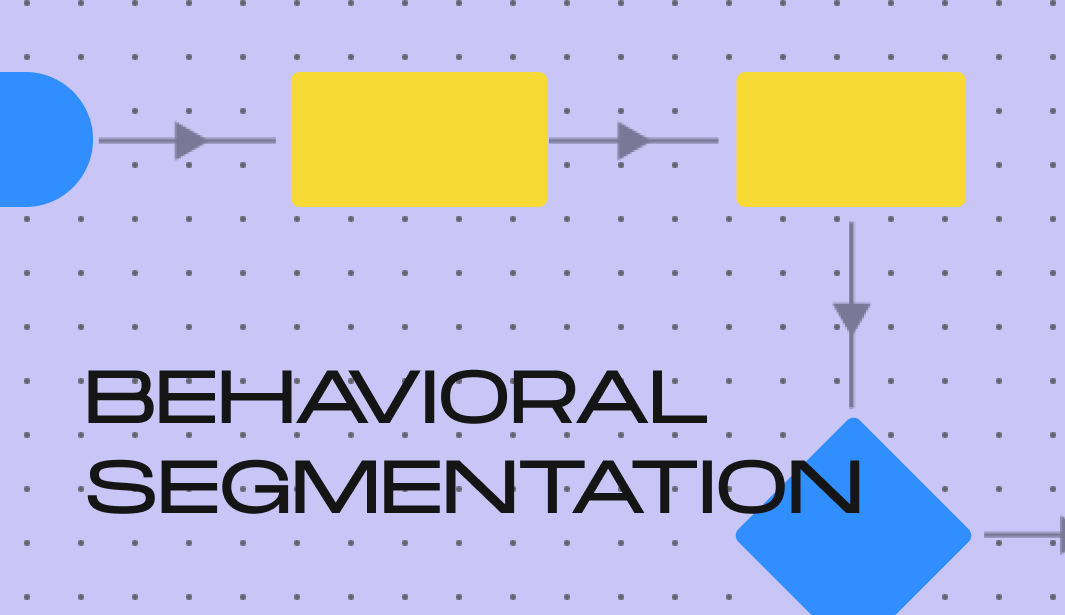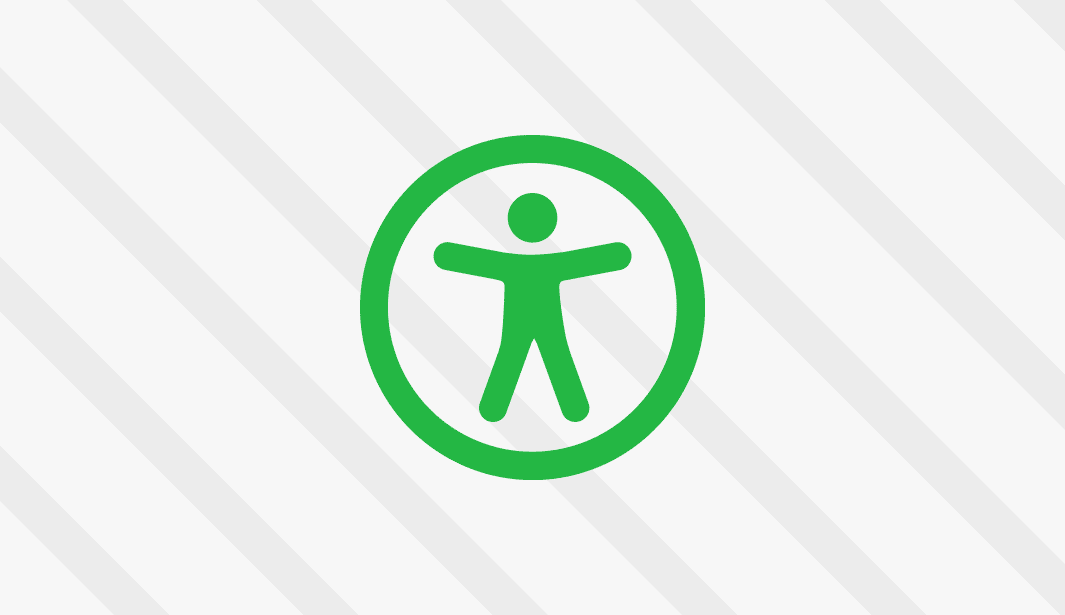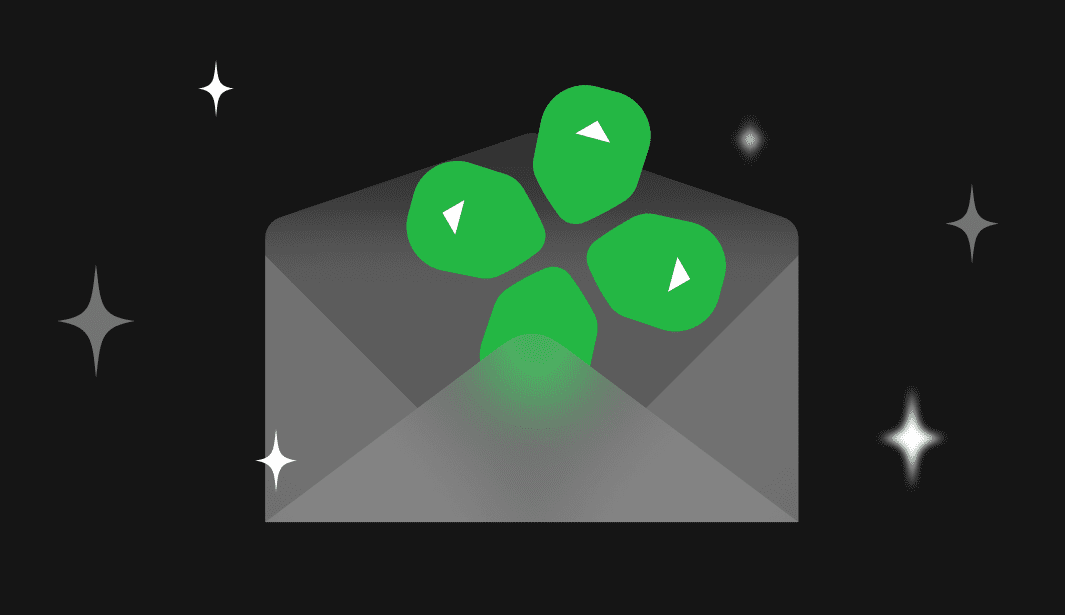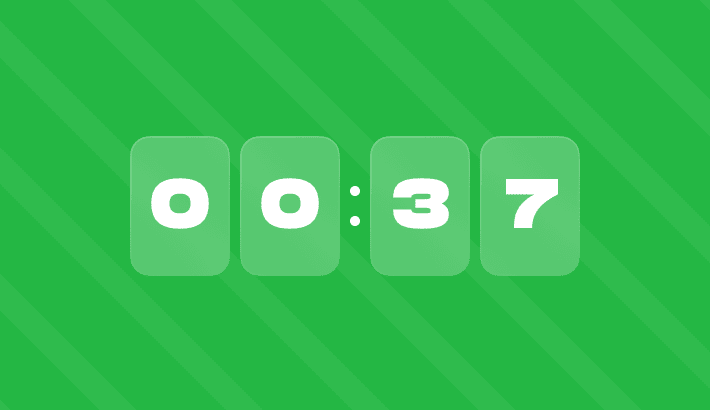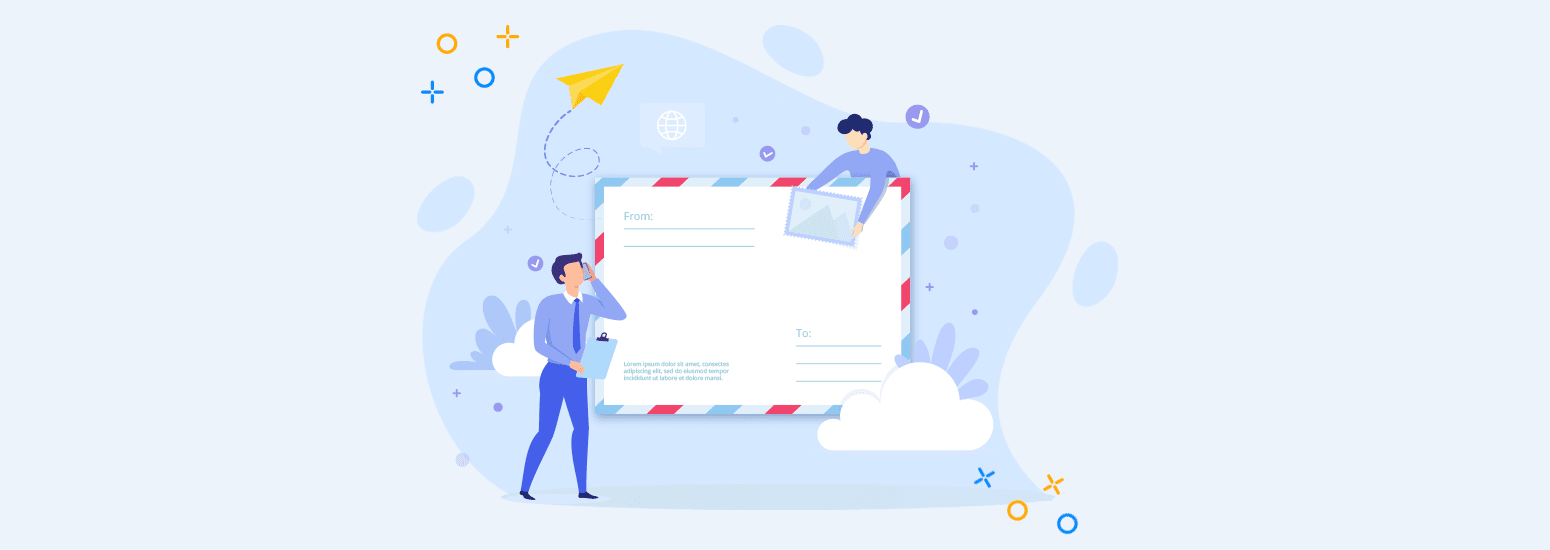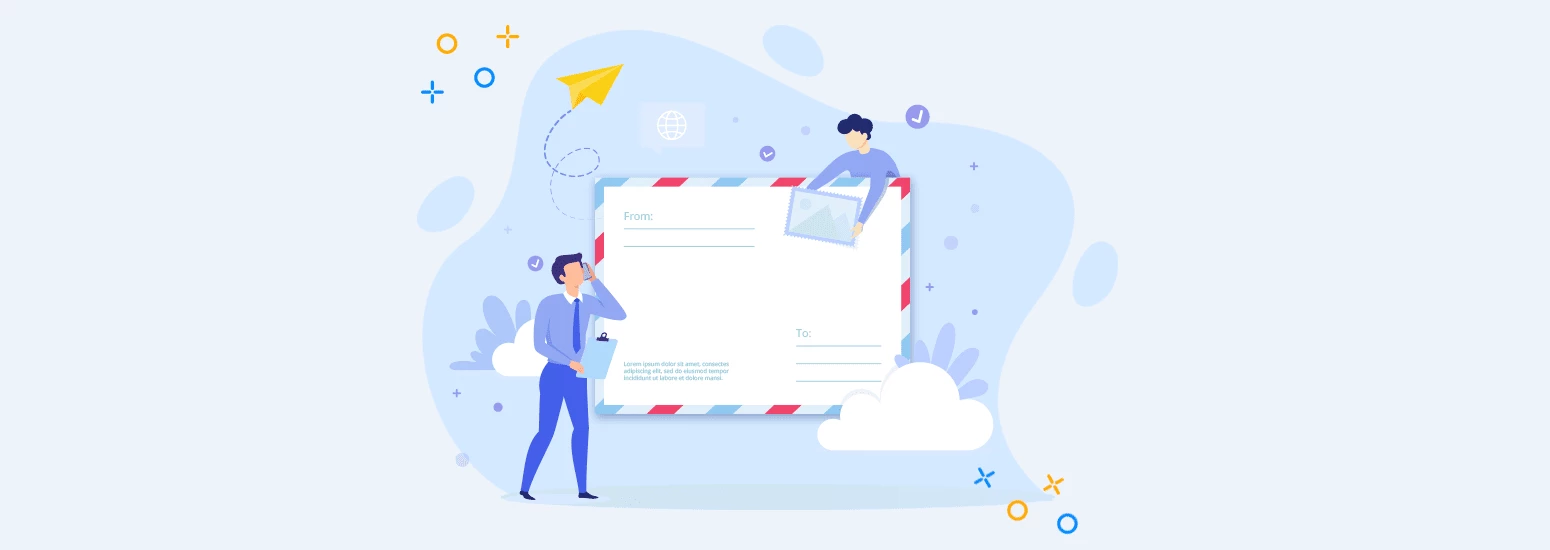“Dear Diary…”: How email marketing found itself — one pixel at a time
I turn 54 soon.
Fifty-four years since Ray Tomlinson sent me from one computer to another. That was my first breath — a quiet test that changed everything.
At first, I used to be a plain old note. Just black text on a white screen. No personality. No pictures. No purpose but to deliver a message.
Then marketers found me. And suddenly, I had a job — to sell, to convert, to chase clicks.
I’ve been called a lot of things since then. Spam, annoying, forgotten, but also...trusted, clever — even beautiful.
It’s been quite a journey. For years, I’ve been keeping it all to myself, pouring it out in my diary — the milestones, the messups, the glowups, and the people who helped shape me. But today — on my birthday — I’m finally ready to share my story.
From spam filters and personalization to interactivity, AI, and accessibility, — here’s the world of email marketing, told from my side of the inbox.
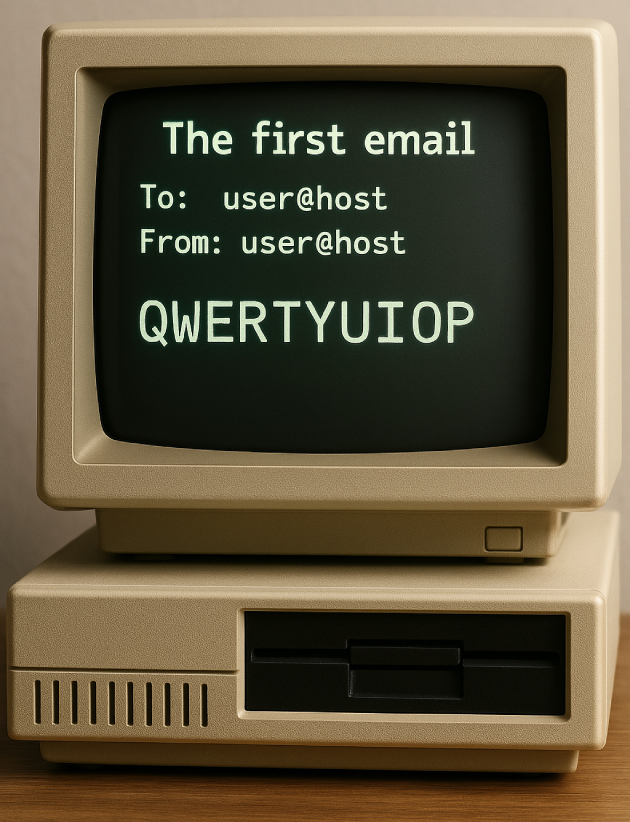  |
|
| 1971 | 2025 |
My first days (1971–1977)
Diary entry: My first word? QWERTYUIOP. 1971.
I was born in 1971 at a small company called BBN in Cambridge, Massachusetts. Ray Tomlinson — a brilliant engineer — sent the very first version of me from one computer to another — in the same room. No audience, no applause, just a quiet test that would one day become something big — legendary, even.
Just like a newborn learning to speak, my first words were...well, a bit random: “QWERTYUIOP.”
That’s literally what I said — compared to what I can say now. Wild, right?
Diary entry: A moment of royal pride. May 26, 1976
Today… oh wow. Today, Her Majesty Queen Elizabeth II sent an electronic email. An electronic email! Me! 👑
I’ve been used by professors and programmers, engineers, and interns — but this? This was different. This was royal. Regal. I felt so proud, like I’d been knighted in pixels.
The moment I went public (1978–1981)
Diary entry: My big moment… or was it? May 3, 1978
Gary Thuerk from Digital Equipment Corporation sent me to 400 people today — all at once. It was a message promoting new computer equipment. He said it was a great deal. He wanted people to know. And I delivered that message — fast, direct, and powerful. It generated $13 million in sales.
I felt proud.
Look at me! I’m not just a tool — I’m a business machine!
Edited in 1997: Today, I learned that it was spam. I was the spam. 🙁
Diary entry: I got a name! 1979
For years, people used me without really calling me anything. Just “electronic message,” “note over ARPANET,” or sometimes… nothing at all.
But then it happened. In 1979, a few journalists began calling me “email.” Short. Catchy. Modern. I liked it. It felt official. From that day on, I wanted everyone to call me that.
Growing up fast (1982–1997)
Diary entry: I used to whisper; now, I speak to the world. 1997
Dear Diary,
So much has happened since I last wrote you, I don’t even know where to start:
- let’s go back to 1981. Until then, I had many forms — different systems and different setups. I worked well within closed networks, but I couldn’t always talk to other versions of myself. It was like I had cousins I couldn’t call. But then, SMTP became the Internet standard — one simple protocol to connect us all;
- in 1993, AOL and Delphi brought me online. Suddenly, the world was connecting. And I became more open to everyone. Personal. Popular. But it wasn’t easy yet;
- in 1996, that changed. Hotmail launched — the first free, fully web-based email. No downloads. No subscriptions. Just log in and go;
- and now it’s 1997. Outlook 97 just rolled out, and with Office on millions of machines, I have become a daily ritual. From government labs to everyone’s desktop… I’m everywhere.
I used to whisper between machines. Now, I speak to the world.
Emergence of spam and regulatory responses (1997–today)
Diary entry: They called me spam. 1997.
With my growing popularity came growing misuse. People started blasting me out to everyone — no permission, no personalization. Just noise. And in 1997, I heard it for the first time — the word Spam. I hated it. It wasn’t fair. I was still the same — a message, a tool, a connection. But now they called me unwanted, distrusted, junk. And it stuck.
By 2002, I was drowning. Spam made up 40% of all email traffic. By 2004, it was over 60%. By 2011, spam peaked at 80% of all global email traffic — up from just 6% in 1998.
of all emails were spam in 2011.
I thought I was done.
Diary entry: The law stepped in. 2003.
Thankfully, in 2003, the CAN-SPAM Act arrived—rules, limits, and boundaries. These regulations also gave spam a legal definition. Under the law, a message could be labeled spam if it used false or misleading sender info, had deceptive subject lines, failed to identify itself as an ad, didn’t offer a way to unsubscribe, or ignored opt-out requests.
It didn’t ban all unsolicited emails — but it made shady ones illegal. It wasn’t perfect, but it was a start. A signal that I was worth saving.
My armor: Spam filters and email authentication protocols
- Spam filters: The earliest spam filters showed up in the late 1990s, adopted by major ISPs and email clients like Outlook Express and Eudora. At first, they were simple — just keyword-based systems catching obvious junk. But over time, they got smarter, evolving to use blacklists, heuristics, and even machine learning to help users see only the messages they wanted.
- Sender Policy Framework (SPF): Introduced in 2003, SPF let domain owners tell the world which mail servers were allowed to send messages on their behalf — a simple but powerful way to stop spoofing at the source.
- DomainKeys Identified Mail (DKIM): Launched in 2004 through a collaboration between Yahoo! and Cisco, DKIM added digital signatures to email headers. That meant I could prove that I hadn’t been tampered with — and that I really came from who I claimed to.
- Domain-based Message Authentication, Reporting, and Conformance (DMARC): By 2012, we needed a system to tie it all together. Enter DMARC, which is built on SPF and DKIM. It gave senders more control and helped inboxes decide what to do with emails that failed authentication checks.
And you know what? It helped. I can’t say I got rid of spam completely, but it’s down from 80% to around 45%.
Diary entry: Today’s situation with spam (2025)
These days, things are different. Much better.
In order to send promotional emails, businesses— in addition to setting up SPF, DKIM, and DMARC — are expected to:
- get consent first. Marketers can’t just send me anywhere. Laws like the GDPR require them to collect clear consent when gathering someone’s contact info. Even in countries where it’s not legally required, asking for permission is simply the right thing to do;
- allow one-click opt-out. Email clients now demand it. Every marketing message must include a visible unsubscribe link. No link? Straight to the spam folder.
But legal compliance isn’t the only thing that affects whether I land in the inbox or the spam folder. So, I’d say legal compliance is just a base you start with.
And he’s right. What truly determines where I land — inbox or spam — is how people respond to me.
User engagement is one of the key factors that affects whether I land in the inbox or the spam folder. And that’s how the next chapter of my journey began — digging into what really impacts spam rates and deliverability.
The rise of personalization and client-focused email (2010s–today)
Diary entry: They started calling me smart as I’d learned to listen to them
At first, I used to just say hello. Hi [First Name] — and that was enough. People smiled. They felt seen. But things changed. Expectations rose. In the early 2010s, names were not enough. Subscribers wanted relevance, timing, and anticipation — a sense that I knew them.
I learned to speak differently to different people. I suggested products based on past clicks. I remembered birthdays. At first, it felt like magic. But somewhere along the way, it also became not enough.
Diary entry: I had to learn a whole new language
Personalization became more than a tactic. It became my way of building loyalty. And with that shift came a whole new vocabulary.
I learned words like lifecycle segmentation, behavioral segmentation, marketing funnel, and customer journey — concepts that started gaining ground in the early to mid-2010s as marketers began mapping out more thoughtful, data-driven paths.
Now, in the 2020s, language has evolved again.
Marketers talk actively about predictive personalization. AI steps in to anticipate what people want — before they even ask.
It all sounds powerful. And it is. But let me be honest with you — we’re still at the beginning. We’re learning, testing, adjusting — still figuring out how to make all this smart technology feel genuinely human.
And it makes me wonder… where am I headed next.
Diary entry: What the future might hold. 2025
You know, I’ve been thinking where life is taking me — what I will do next personalization wise. So, I talked to my friends, and they shared these ideas:
Megan sees it this way:
What we lost and what I’m missing
In becoming smarter, I sometimes wonder what parts of me faded in the process. The personalization improved. The tech got sharper. But did I lose something along the way?
Some friends of mine — Dmytro Kudrenko (Stripo), Anna Levitin (DoorLoop), Chad S. White (Oracle), and Jasper Van Laethem (The Future Funnel) — are hosting a free roundtable on personalization this May. You can sign up here.
Emphasis on data protection and security (2018–today)
Diary entry: It’s not fear — it’s awareness.
At first, people were afraid to share anything with me, and honestly, that made sense. Too many things went wrong:
- some brands asked for more data than they needed;
- some brands didn’t explain why they were collecting the data;
- even worse, some brands sold it without permission;
- then came the headlines:
- “Data breaches. Leaks. Scams”;
- “People’s information stolen. Identities used”;
- “Scammers impersonating real brands, sending fake emails that looked just like mine.”
It was dangerous. So yes, I understand why people started pulling back. A report by SmarterHQ found that 86% of customers are afraid to share their personal information with brands.
of consumers say they are concerned about their data privacy.
Honestly? I’m glad they are worried.
Their caution has pushed the email as a marketing channel to be better.
So how do we protect trust? Consider these basic requirements:
- Choose tools that protect data. From your email builder to your ESP, make sure you’re using platforms that care about safeguarding your data — and your customers’ data — as much as you care about protecting your data.
- Set up authentication protocols. SPF, DKIM, and DMARC help email clients confirm your identity and stop impersonators before they reach the inbox.
- Be honest about what you collect. Only ask for the data that you truly need. Tell people why you’re asking, and always give them control over what they share.
- Honor deletion requests. Some laws require it, others don’t. Trustworthy brands will delete subscriber data when they are asked, no matter what. Trust should never depend on geography.
- Show you're legit with BIMI. BIMI displays your verified logo — in Gmail, it even displays a blue checkmark—right next to your sender name. This is a clear visual cue that says, “This email is really from us.”
And you know what? It worked.
Having access to a large volume of customer data — and the growing need for personalization — gave rise to email automation.
But that’s a story for another diary entry.
Email marketing automation (2001–today)
Diary entry: I had too many people to write to but not enough hands.
At first, I wanted to keep up with birthdays, sign-ups, and those who clicked but didn’t buy. I wanted to remember everyone. But I couldn’t write to all of them by hand. So we automated.
Initially, it was simple. Autoresponders, scheduled batches, and basic flows. Someone signed up? I sent a welcome email. Someone bought something? I said thank you and kept them updated about their order status.
But then personalization took over. We had more data, more triggers, more urgency. We needed faster reactions, smarter content, and better timing.
Diary entry: How it works now
Now, automation systems can pull live data from websites, CRM tools, and customer actions. They score leads, track behavior, and predict needs. AI helps write icebreakers that actually sound human.
Diary entry: What we might have lost
I still wonder — in automating connection, did we automate too much? We stopped writing “just because.” We started writing only when someone triggered something.
Because even if every part of an email is smart, timely, and data-driven, it still needs a spark of human caring. Otherwise, it’s just another message in the flow.
So yes, I’m faster, smarter, and more accurate now.
The rise of interactivity in email (2015–today)
Diary entry: People expected more from me, so I had to grow up: 2015.
At first, I was simple and static. You opened me, read what I had to say, and left — usually to a landing page.
But as websites became more dynamic, with buttons, sliders, and hover effects — people got used to interacting. Naturally, they started expecting the same from me. Some marketers noticed this. They made things look clickable — even if they weren’t. A fake slider here, a button that led to a generic page there.
It was frustrating. It felt like a trick. But it also revealed something important: People wanted to engage with me — not just glance and go.
So I started evolving. Tools like AMP for Email, HTML5, and CSS3 gave marketers real ways to build interaction into my core. I could now show product carousels, accept form inputs, run polls, and even collect feedback — right inside the inbox.
Diary entry: Learning to be interactive wasn’t easy.
This new skillset wasn’t simple. Creating interactive emails took extra effort. You had to test more and work across different coding dialects. Some email clients, like Gmail, support AMP. Other email clients, like Apple Mail, support HTML5 and CSS3. Because you never know which one your subscriber will use, marketers started embedding interactive elements in both dialects into one email to make sure everyone could engage.
Slowly, the barriers fell. Frameworks improved. And now? I’ve become a space where real interaction can happen—without needing to leave me.
My teammates at Stripo, passionate advocates for interactivity and gamification, created a tool that lets marketers build interactive content—like surveys, wheels of fortune, quizzes, and polls — without writing a single line of code. This tool works across all major email clients and is built entirely through an easy-to-use interface.
However, one problem remains unsolved.
Diary entry: What did we lose along the way?
Interactive emails don’t take anything away. Rather, they give more.
Interactive emails are functional. They’re fun.
Marketers can collect feedback right inside the email, and people are actually more likely to respond when they don’t have to leave. Interactivity helped me become more than just a message. Now, I’m a mini experience, a place where things happen.
The need for and use of email accessibility (2015—today)
Diary entry: I wanted everyone to understand me — but not everyone could.
For a long time, I thought I was clear. My fonts looked nice. My colors popped. But slowly, I began to realize… not everyone could see me. Or hear me. Or understand me as easily as others did.
A heading that made sense to some… confused screen readers. A button that looked great… became unusable with a keyboard. A fully image-based email… was invisible to someone relying on a voice assistant.
People with visual impairments. People with hearing loss. Neurodivergent readers. Even those with temporary injuries or tech limitations.
1 in 4 adults in the U.S. lives with some form of disability. Worldwide:
- 2.2 billion people have a vision impairment;
- 1.5 billion live with some form of hearing loss;
- and up to 12% of the global population may have dyslexia.
These aren’t edge cases — they’re your subscribers.
Diary entry: A few people started asking the right questions
I still remember when Paul Airy took the stage at Litmus Live in 2015. He was one of the first voices I heard — part of a small but passionate group of early advocates who weren’t just talking about code or compliance, but about people. About how accessibility is something we do for others.
Paul helped me see the gaps. The invisible walls I was creating. He showed how assistive technologies like NVDA, VoiceOver, and TalkBack could only go so far unless I did my part — if I used images instead of real text, skipped labels on buttons, or ignored the importance of structure.
He wasn’t the only one. Around the same time, Mark Robbins began speaking up for accessibility in email. Inspired by accessibility leaders like Léonie Watson, he started digging deeper — realizing that true interactivity couldn’t come at the cost of inclusivity. Later, he became one of the founding members of the Email Markup Consortium, a space dedicated to improving email standards, accessibility, and reliability.
Of course, the tools were already there — many of them had existed for decades. But for a long time, not everyone knew how to use them, or why they mattered. That started to change.
Looking back, it wasn’t just one voice. It was a growing chorus — asking the right questions, even when the answers weren’t simple.
That’s when I started to change.
New laws have been introduced to regulate email design and content, ensuring they’re accessible to everyone:
- Americans with Disabilities Act (ADA). Enforced since 1990, with increasing digital enforcement from 2018 onward.
- European Accessibility Act (EAA). Released in 2018, takes full effect in June 2025.
- Accessible Canada Act (ACA).
- Equality Act (UK) 2010.
Since these regulations follow Web Content Accessibility Guidelines (WCAG), making your email WCAG-compliant is the best way to stay on track.
However, doing so is easier said than done, as it requires them to be familiar with the WCAG 2.1 AA Success Criteria, not all of which is relevant to HTML email. With this in mind, my friend Paul Airy created a free tool, called InTwelve, which guides HTML email copywriters, creatives and coders through the WCAG in twelve stages, which will help them, regardless of whether they’re complying to the laws or not.
Diary entry: What the future might hold — 2025
I started wondering what the future holds for me. Will I finally be accessible to everyone? Then I heard my friend Paul speak:
Thanks to CSS Overflow 5, my friend Mark Robbins believes we’re closer than ever to making interactive content in emails truly accessible:
Technology keeps getting better — and so do the tools people rely on to understand me. That’s what gives me hope.
Diary entry: What we lost and what I’m missing from old times
At first, I worried. Would accessibility take something away from me? Would I stop being fun? Lose my style? Feel too strict or serious?
Some people still think that. They hear "accessible" and imagine emails stripped of color, emotion, and creativity. They worry about things like left-aligned text instead of centered headings, or that they can’t highlight important points with color alone.
But the truth? Visually, nothing important is lost. High color contrast makes content clearer for everyone. Left-aligned text improves readability without hurting design. And using more than just color to emphasize something — that’s just smart communication.
I haven’t become plainer. I’ve become clearer. I haven’t lost charm. I’ve gained meaning.
And when I’m built well, everyone wins.
- readers can explore me independently — hear me, see me, navigate me;
- brands get more clicks, more engagement, more people discovering what they have to offer.
Accessibility didn’t hold me back. It helped me grow.
GenAI: A whole new era in email marketing (2023—today)
Diary entry: How GenAI is helping me grow up faster. 2023.
Lately, I’ve been feeling a little… heavier. To be truly good these days, I need to be accessible, interactive, dark mode ready, mobile-optimized, personalized, on-brand — all at once. And let’s be honest, that takes time. More time than most marketers want to spend.
But then GenAI came along. And things started to shift.
At first, it was a writing buddy — helping marketers draft subject lines and save time on editing. Some got afraid it would take their jobs. After all, it’s good at optimizing processes — really good. But not everyone was scared.
Then, marketers realized it could do even more, like translate me into dozens of languages, plan entire email series, ideate full flows. Things started moving faster — without burning anyone out.
Diary entry: What’s next for me with GenAI? 2025.
Fast-forward to today. Thanks to tools like Stripo’s AI Assistant, GenAI can now generate entire email sequences. It started with webinar invitations, but it’s growing fast — onboarding flows, product announcements, winback campaigns. And what I love most? Marketers are still in control. They define the number of emails, tone of voice, language, even brand colors. GenAI just helps them move faster by handling the groundwork.
It’s like I got myself a co-writer. One that makes the hard parts easier — so marketers can focus on what really matters: connection. But I can’t help wondering… With more teams using GenAI to write and design emails, will things start to feel the same? Will my content become predictable? I talked to my friend Dmytro Kudrenko and he said:
I’m not saying goodbye…
Diary entry: April 13, 2025
What can I say? Sharing all this with you has made me reflect on my life.
- it’s been quite a journey — full of mistakes, growth, and transformation. I started as a one-word message, and now I’ve become something much more. Interactive. Mobile-friendly. Accessible. Dark mode ready. Personalized. Multilingual;
- today, anyone can engage with me in their own language even if they have some kind of visual disability. They can read me, enjoy me, even play with me. I’m no longer just a carrier of information — I’m an experience.
But you know what? With dedicated email marketers by my side — my dear friends — I believe this is still just the beginning. Together, we won’t just send better emails…
We’ll build better conversations. Better connections. A better digital world.
🎉 Stripo and industry experts are celebrating my birthday with webinars, expert talks, and free resources — and you’re invited! Find the full schedule and details here.
